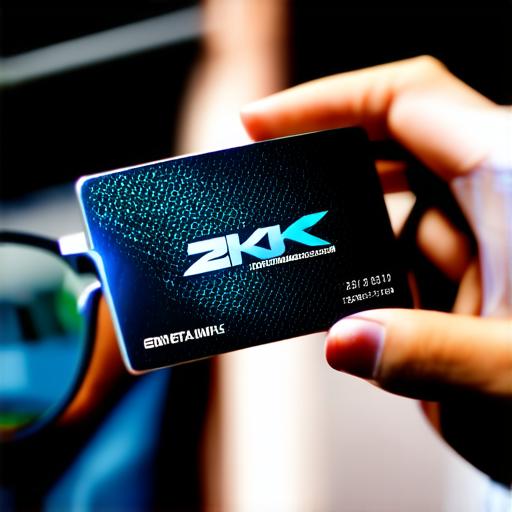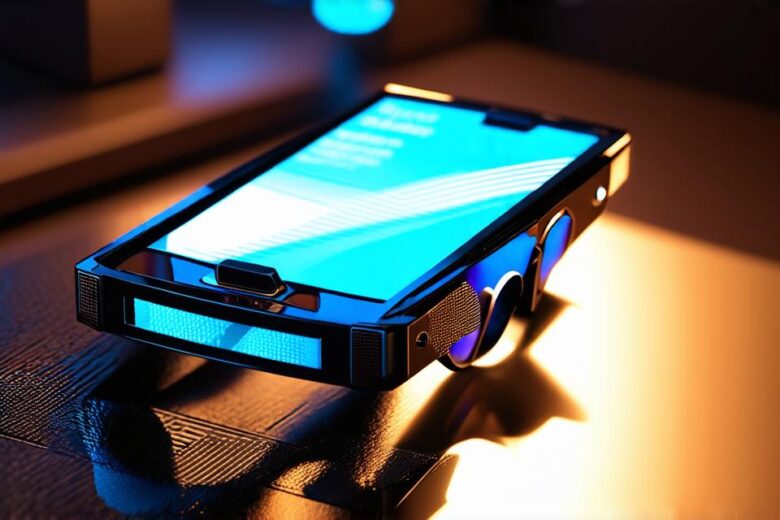As augmented reality (AR) continues to evolve and become more prevalent in our daily lives, it’s no surprise that businesses are looking for ways to incorporate this technology into their marketing strategies. One such way is through the development of augmented reality business cards. These cards use AR to enhance the traditional business card by adding interactive elements, making them more engaging and memorable for recipients.
In this article, we will explore the steps involved in developing an AR business card, including its benefits, design considerations, and best practices. We’ll also delve into real-life examples and expert opinions to help you create a successful AR business card that resonates with your target audience.
Benefits of Augmented Reality Business Cards
One of the main benefits of AR business cards is their ability to capture attention and leave a lasting impression on recipients. By incorporating interactive elements such as animations, videos, and 3D models, AR business cards can create a more engaging experience for the recipient, making it easier for them to remember your business and its offerings.
Another benefit of AR business cards is their ability to provide additional information about your business that may not fit on a traditional paper-based card. This can include links to your website or social media profiles, contact information, and even reviews or testimonials from satisfied customers.
Design Considerations for AR Business Cards
When designing an AR business card, there are several factors to consider. Firstly, it’s important to ensure that the design is optimized for the AR technology being used. This may involve testing different designs and technologies to determine which one works best for your needs.
Secondly, it’s important to consider the user experience when designing an AR business card. This means thinking about how the recipient will interact with the card and what information they need access to. For example, if you’re including a 3D model of your product, make sure that it can be easily viewed and explored by the recipient.
Thirdly, it’s important to consider the branding of the AR business card. This includes using consistent colors, fonts, and imagery across all marketing materials to create a cohesive and recognizable brand identity.
Best Practices for Creating an Effective AR Business Card
To create an effective AR business card, it’s important to follow best practices such as:
- Keeping the design simple and easy to navigate.
- Using clear and concise language to communicate your message.
- Including interactive elements that engage the recipient and provide additional information about your business.
- Testing the AR business card on different devices and platforms to ensure that it works seamlessly.
- Optimizing the AR business card for search engines by including relevant keywords and meta descriptions.

Real-Life Examples of Successful AR Business Cards
One example of a successful AR business card is the one created by the design agency, Artillery. The AR business card uses augmented reality to bring the recipient’s business card to life, allowing them to explore different design options and interact with the card in a more engaging way.
Another example is the AR business card created by the advertising agency, JWT. The AR business card includes an interactive 3D model of the product, which allows the recipient to view it from different angles and even customize it to their liking.
